Remembering Private Louis Brimblecombe
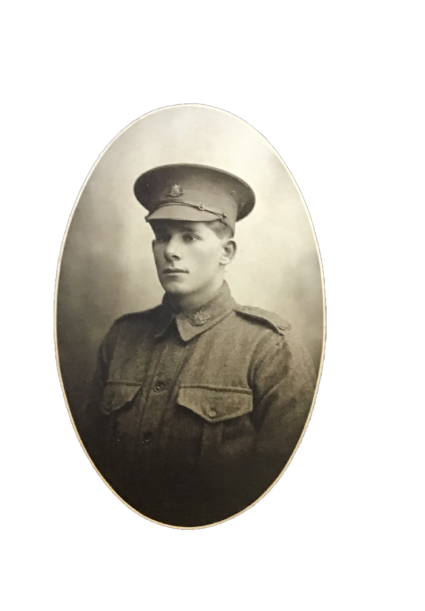
Pte Louis Hugh Brimblecombe. Credit: David Brimblecombe
Louis Brimblecombe was a farmer from Forrest Hill, Queensland, and was just 21 years old when he enlisted in the Australian Imperial Force in July 1917. The young farmer was assigned to the 15th Infantry Battalion and embarked from Sydney on-board HMAT Euripides in October. Private Brimblecombe reached England in December where he began training to become a signaller. During training, he contracted a lung infection which delayed his arrival on the front until April 1918. Brimblecombe arrived in France just days after the beginning of the German Spring Offensive.
During the offensive, heavy fighting took place across the Western Front, including at Villers-Bretonneux in the now-famed recapture of the town by Australian battalions. The allies fought on, and as the Spring Offensive ground to a halt, the enemy was significantly weakened by losses resulting from the overall failure of their attack. By mid-1918 the allies were ready to launch an offensive of their own.
In August 1918, Brimblecombe’s unit was moved to the area around Corbie to begin laying cables in preparation for the battle of Amiens, part of the allies response to the German offensive. His Battalion encountered difficulty with tank and artillery activity destroying hundreds of yards of cables, making their task dangerous and strenuous. On the 5th of August, whilst laying cables with his unit, Private Brimblecombe was shot several times in the back, severely wounding him. The 6th Field Ambulance evacuated the young private to the 5th Casualty Clearing Station at Crouy, just outside Amiens. His injuries were such that little could be done for him and he succumbed to his wounds just hours later. He was 22 years old.
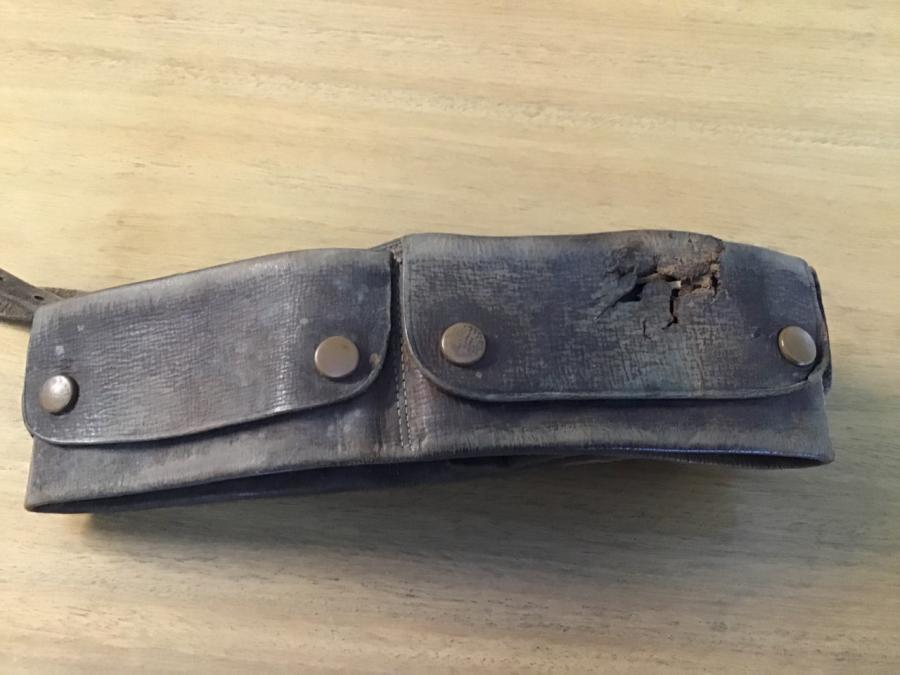
Damaged belt belonging to Pte L H Brimblecombe, sent back to his parents after his death in 1918. Credit: David Brimblecombe
On the 18th of July 2020, his family commemorated his life and service at the Memorial’s Last Post Ceremony. Unable to be there in person, Private Brimblecombe’s great nephew, David Brimblecombe watched via livestream from Queensland’s north coast.
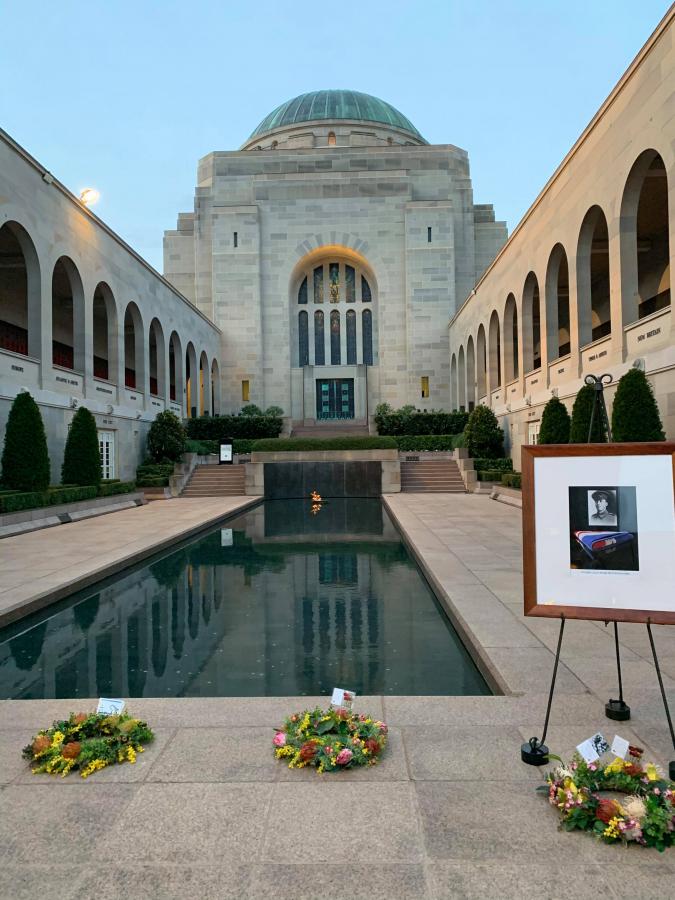
Pte LH Brimblecombe’s Last Post Ceremony. Credit: Meghan Adams
“We found the ceremony a very moving and fitting way to remember Great Uncle Louis” he said. “As the ceremony ended and the doors to the tomb of the unknown soldier closed, it was a timely moment to reflect and give a personal thanks to all who have served their country.”
Louis Brimblecombe was one of three young men in his family who served and was the only one who didn’t make it home. His Brothers, Private Wilfred and Private Arthur Brimblecombe, both served with the Light Horse and returned to Australia. His elder brother, James Charles Brimblecombe also sought to enlist but never saw active service.
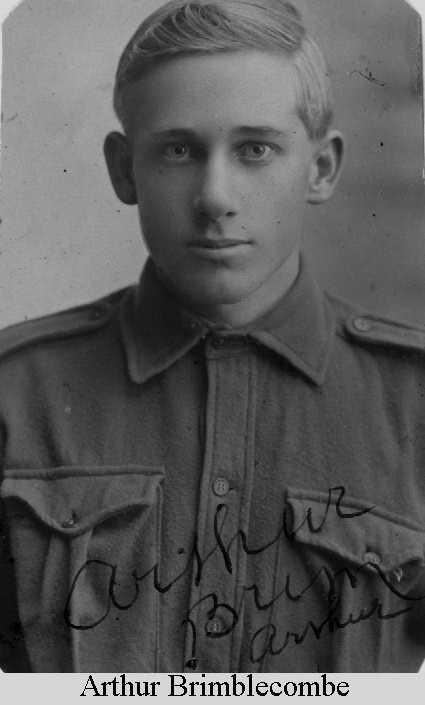
Pte Arthur Brimblecombe (Lou’s brother). Credit: unknown
Louis was buried near the 5th Casualty Clearing Station, now known as Crouy British Cemetery. Inscribed on his headstone are the words of his bereft parents: “In memory of our dear Lou. For his country’s honour”.
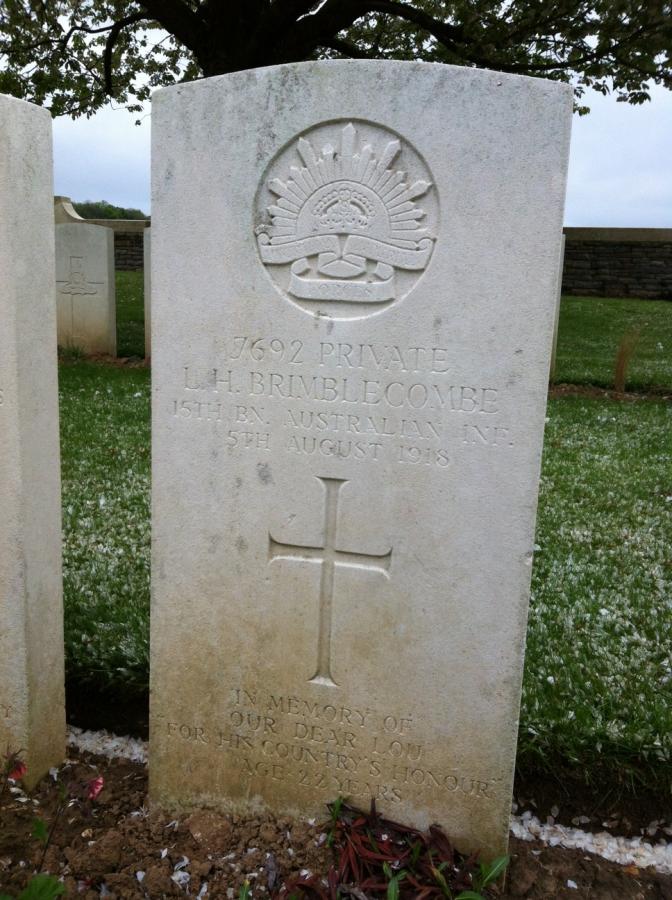
Pte L H Brimblecombe’s Headstone. Credit: Meghan Adams
The Brimblecombes have a proud history of service in the ranks of the Australian forces. David’s father, Charles Louis Brimblecombe, known by all as ‘Lou’, served in the R.A.A.F during the Second World War, flying Lancaster Bombers. He was present for the opening of the memorial’s Lancaster Bomber, George, in 2003.
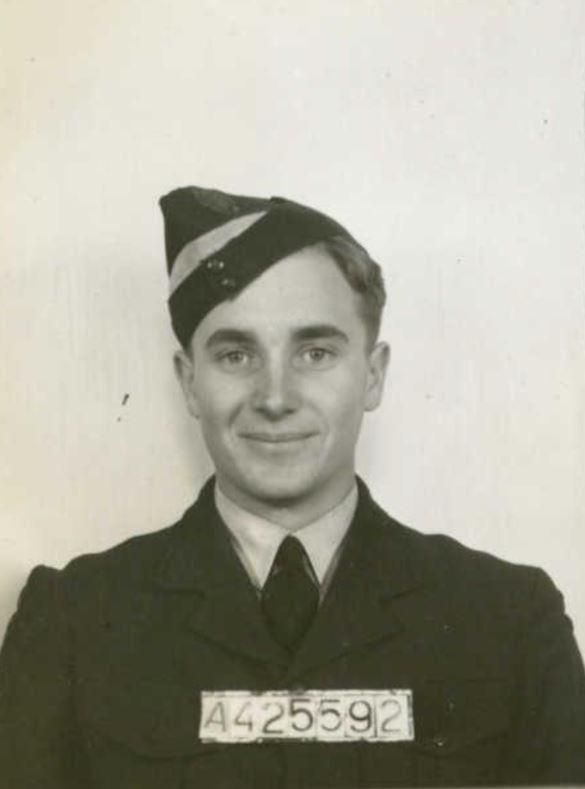
Charles Louis Brimblecombe (David’s father). Credit: NAA Service Records
Reflecting on the significance of his family’s heritage, David Brimblecombe noted, “Three generations before me have served in the Boer War, the First and the Second World Wars. I am forever grateful for their efforts. Lest we forget”.